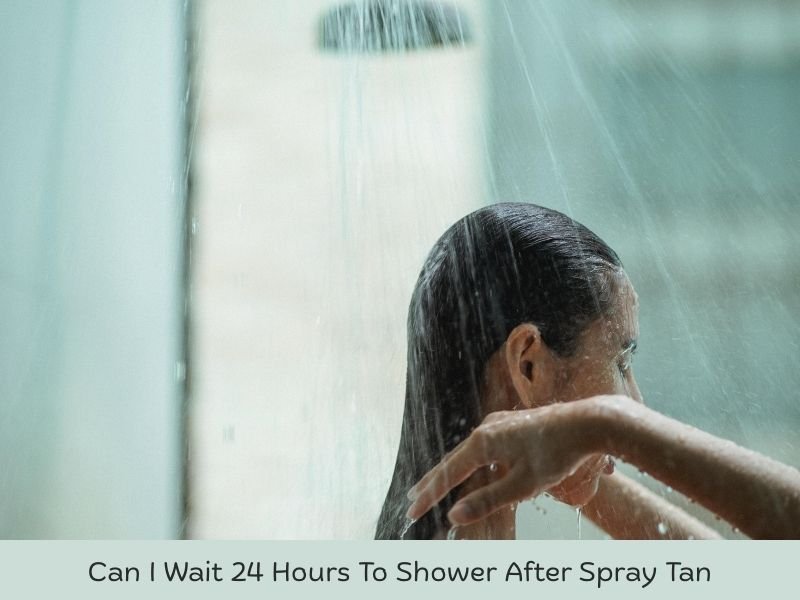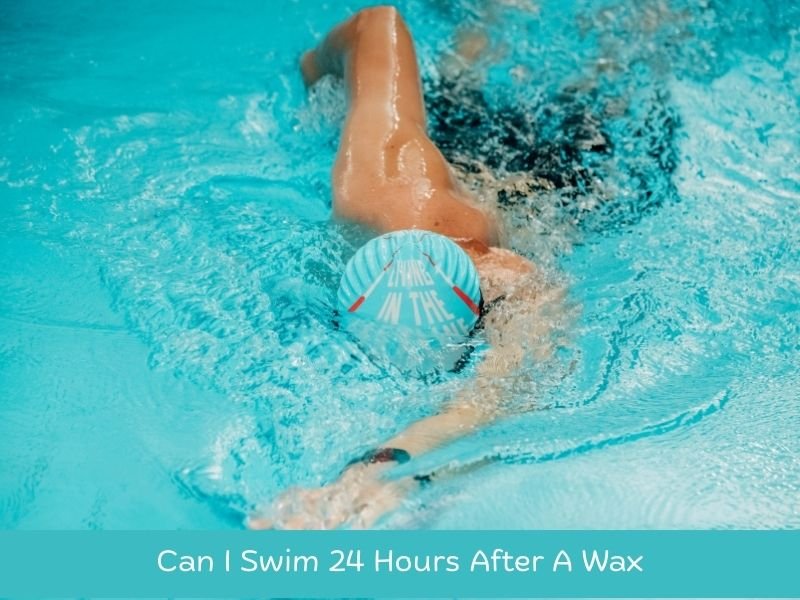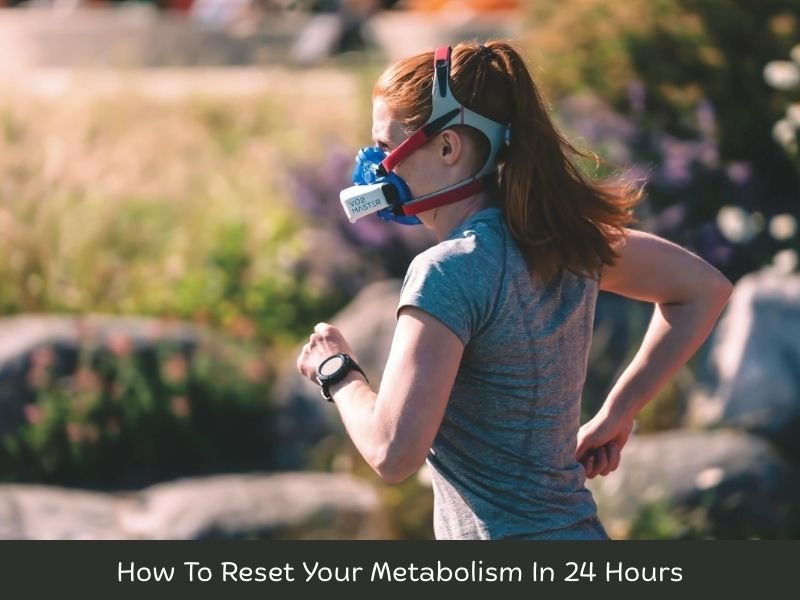When it comes to wound care or tattoo healing, second skin products have become a trusted solution. They’re sleek, nearly invisible, and offer a protective barrier that promotes healing without daily maintenance. But one common question people ask is: Can I take my second skin off after 24 hours?
The short answer is — yes, in many cases you can, but it depends on several factors, including the type of wound, the brand of second skin, and your skin’s reaction. This article will guide you through everything you need to know about safely removing second skin products and how to optimise healing,g whether you’re dealing with a fresh tattoo or a minor injury.
What Is Second Skin?
“Second skin” refers to ultra-thin, adhesive film dressings used to protect the skin and help it heal. These dressings are typically transparent, flexible, and waterproof. They’re used in both medical and cosmetic contexts, and have gained popularity especially in the tattoo industry.
Popular brands like Saniderm, Tegaderm, and Opsite Flexigrid fall under this category. These products are designed to:
-
Provide a barrier against bacteria and contaminants
-
Lock in moisture, which helps wounds heal faster
-
Minimise scabbing and scarring
Second skin dressings are often used after surgeries, burns, blisters, and tattoos. According to the National Institutes of Health, moist wound healing, as provided by these dressings, significantly reduces healing time and discomfort.
Standard Recommendations for Duration of Use
Most second skin manufacturers suggest wearing the first piece of film for anywhere from 24 to 72 hours, depending on the situation. For tattoos, artists often recommend a shorter initial wear (24 hours) to manage fluid buildup, followed by a fresh piece applied for an additional few days.
Here’s a quick overview:
-
Saniderm recommends keeping the first application on for 24 hours, and subsequent applications for 3–6 days.
-
Tegaderm, used widely in hospitals, can be worn for up to 7 days, depending on fluid levels and skin condition.
-
If you’re using second skin for burns or surgical wounds, consult with a healthcare provider or refer to guidance from authorities like NHS or Mayo Clinic.
Factors that may influence how long you should wear your second skin include:
-
Skin type and sensitivity: Some people develop rashes or irritation faster.
-
Fluid buildup: If the bandage fills with plasma or blood, it may need to be changed sooner.
-
Placement on the body: High-friction areas (like joints) may loosen faster or become uncomfortable.
Can You Take Second Skin Off After 24 Hours?
Yes, you can remove second skin after 24 hours, and in some cases, it’s even encouraged. For example, if you’ve just had a tattoo, it’s normal for plasma, ink, and a bit of blood to build up under the bandage. After 24 hours, this mixture can become a breeding ground for bacteria if left too long.
Removing the film after 24 hours helps:
-
Clean the area
-
Prevent excess fluid from irritating the skin
-
Reduce risk of infection
However, for wound care unrelated to tattoos — like surgical incisions or burns — it’s often advisable to keep the dressing on longer if it’s clean, dry, and intact. The Wound Care Alliance emphasises the benefit of semi-permeable dressings in maintaining a moist environment critical for wound recovery.
If the dressing is:
-
Leaking or lifting at the edges
-
Irritating your skin
-
Causing itching, redness, or rashes
…it’s a good idea to remove it, regardless of how long it’s been.
How to Safely Remove Second Skin
Taking off a second skin product is relatively simple, but there’s a right way to do it to avoid pain or skin damage.
Step-by-step removal guide:
-
Wash your hands thoroughly with soap and water.
-
Loosen one edge of the film gently using your fingernail.
-
Peel slowly, pulling the film back over itself at a low angle rather than straight up.
-
Use warm water or take a shower to help loosen the adhesive — this makes the removal less painful.
-
If the adhesive is stubborn, you can use coconut oil, olive oil, or medical adhesive remover to help.
After removing the second skin, gently clean the area with lukewarm water and a mild, fragrance-free soap. Pat it dry with a clean paper towel.
If you’re removing the film from a tattooed area, follow up with a light layer of tattoo aftercare ointment like Aquaphor or Tattoo Goo, unless otherwise advised by your artist.
Signs You Should Remove It Sooner
While second skin products are generally safe and helpful, they’re not perfect for every scenario. Watch out for the following red flags that mean it’s time to take it off — even if it hasn’t been 24 hours yet:
-
Excessive fluid accumulation: If the bandage is ballooning with fluid, it can cause maceration (when the skin becomes over-hydrated and weak).
-
Allergic reactions: Redness, itching, or burning sensations could indicate that your skin is reacting to the adhesive.
-
Leaks or lifting edges: If air or water gets underneath, bacteria can follow.
-
Foul odor: A bad smell can be a sign of infection or trapped fluid.
If you notice any of these signs, remove the bandage and clean the area. For open wounds, reapply a fresh sterile dressing. If you suspect infection, such as increased redness, warmth, or pus, consult a healthcare professional immediately. Resources like Webmd offer additional guidance on infection symptoms.
Expert Tips for Optimal Healing
Whether you’re using second skin for a new tattoo, a burn, or a post-surgical wound, how you care for the area after removing the film can have a significant impact on healing. Here are expert-backed tips to guide you:
1. Clean the Area Properly
Once you remove the second skin, gently cleanse the area with mild, unscented soap and lukewarm water. Avoid using alcohol, hydrogen peroxide, or heavily perfumed products, which can irritate the skin or delay healing. The American Academy of Dermatology (AAD) advises using a soft cloth or fingertips and not scrubbing the healing area.
2. Keep the Area Moist (but not overly wet)
Aftercare products like petroleum jelly or silicone-based gels can lock in moisture and protect new skin. If you’re caring for a healing tattoo, a thin layer of tattoo-specific ointment is usually sufficient. For wounds or burns, ask your healthcare provider if additional dressings are needed.
3. Reapply Second Skin Only If Necessary
Some people choose to apply a second round of second skin after the first 24-hour period, particularly in tattoo aftercare. This can help protect the area during the scabbing phase, reducing the risk of infection and keeping scabs minimal. However, reapplication depends on skin sensitivity and whether the wound continues to weep fluids.
If you do reapply:
-
Make sure the skin is completely dry and clean
-
Use a new sterile piece of dressing
-
Avoid stretching the film over the skin; it should lie flat without pulling
Brands like Saniderm recommend reapplying new sheets every 2–3 days, up to a week total, depending on the wound type.
4. Let It Breathe When the Time is Right
After a few days, your skin may no longer require a synthetic barrier. At this point, switching to a breathable gauze dressing or leaving the area open to air (if it’s not at risk for contamination) can speed up the healing process. The Centers for Disease Control and Prevention (CDC) provides general wound care hygiene guidelines that help manage both open and bandaged wounds.
5. Avoid Sun Exposure
Healing skin is more sensitive to ultraviolet rays. Whether it’s a tattoo or a healing wound, direct sun exposure can cause pigmentation changes and increase the risk of scarring. Cover the area or use high-SPF sunscreen after healing has progressed past the early stages.
6. Monitor for Infection
Even with protective barriers, infections can happen. Contact a medical professional if you notice:
-
Increased redness or swelling
-
Pus or unusual discharge
-
Skin that feels hot to the touch
-
Fever or chills
For more detailed guidance on wound infection symptoms, check out this helpful resource from the National Health Service (NHS).
When Should You Not Use Second Skin Again?
While second skin products are generally safe, they’re not suitable for everyone or every condition. You should avoid using second skin (or discontinue use) if:
-
You’ve had an allergic reaction to adhesives or polyurethane in the past
-
The wound is actively infected, oozing pus, or contains necrotic tissue
-
You have a skin condition like eczema or psoriasis in the area, which may worsen with adhesive exposure
-
You’re healing a deep puncture wound or animal bite, which should remain open to drain and be medically monitored
Always follow specific product instructions and when in doubt, consult a dermatologist or wound care specialist.
Tattoo Aftercare vs. Medical Wound Care
It’s worth highlighting that second skin use for tattoos is different from its use in clinical settings. Tattoo artists often recommend 24-hour wear for the first film due to ink and plasma buildup, followed by a cleaning period and reapplication.
Medical professionals treating burns, blisters, or surgical sites may recommend much longer wear — up to 7 days, depending on exudate levels and skin response.
For tattoo-specific aftercare, reputable sources like Inkbox’s Aftercare Guide or the Tattoo Medical Association offer up-to-date advice for artists and clients alike.
Conclusion
So, can you take your second skin off after 24 hours? Yes — but with some caveats. If you’re using second skin after a tattoo or in the first stage of wound healing and notice fluid buildup, discomfort, or peeling, removing it at the 24-hour mark is usually safe and even recommended. However, if the dressing is still intact, clean, and not causing irritation, leaving it on longer (up to 72 hours or more) may offer even greater healing benefits.
The key is to monitor your body’s reaction and respond accordingly. Once the film is removed, gentle cleansing and aftercare are crucial to ensure proper healing.
Remember:
-
Follow the instructions specific to the brand you’re using
-
Reapply or replace the dressing only if needed
-
Keep the area clean, moisturised, and protected from sun and bacteria
-
When in doubt, seek medical advice — especially for wounds unrelated to tattoos
Second skin products have revolutionised both medical and cosmetic healing, but as with any product, they work best when used correctly and mindfully. Whether you’re protecting a new tattoo or treating a minor injury, listening to your skin is the best rule of all.






